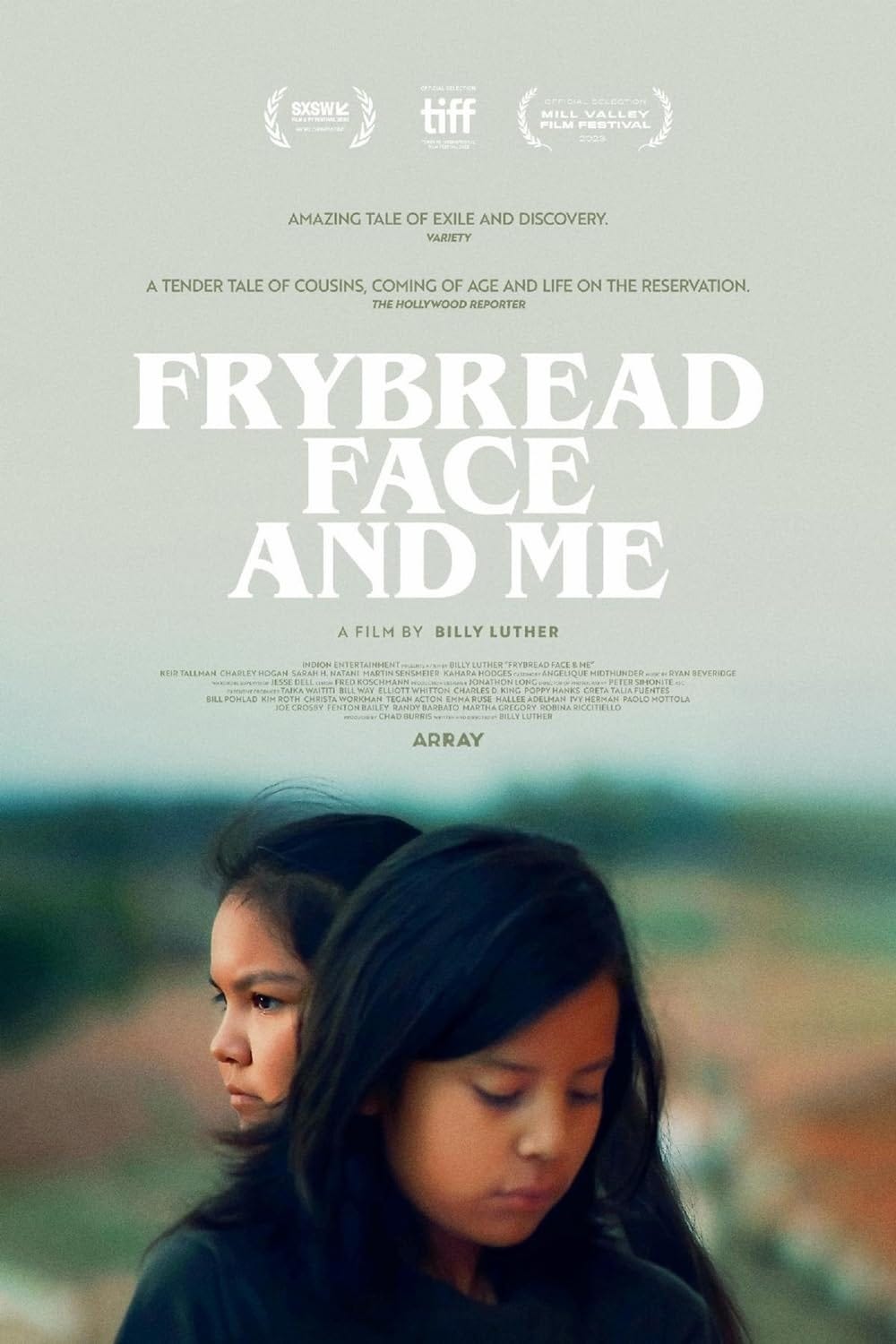My family lived near my maternal grandparents, so many of my early memories include them. Summer nights swimming in the pool and listening to the sound of the nearby racetrack. Snow days when we would make popcorn balls and watch slides from their trips to Italy and Hawaii with people we didn’t know. Wednesday night meals after piano lessons, with roast beef and mountains of mashed potatoes. Time spent with grandparents defined my youth, so I was drawn to the story told by Billy Luther in “Frybread Face and Me,” which is currently streaming on Netflix.
As his parents are going through a divorce, Benny (Keir Tallman) is sent to spend the summer of 1990 with his Navajo grandmother Lorraine (Sarah H. Natani). He’s missing the chance to see his favorite band, Fleetwood Mac, and so he schemes to run away to get back home. His first try is to go with his ultra-masculine uncle Marvin (Martin Sensmeier) to the rodeo, but a significant injury puts an end to that plan. He then turns to his cousin Dawn (Charley Hogan), called Frybread Face, a large girl carrying a makeshift Cabbage Patch doll. The two have an uneasy relationship, but as the summer wanes, their shared sorrows and triumphs bind them together in a way only family can.
Part fiction, part auto-bigraphical, “Frybread Face and Me” is a lovely film. I always think that some of the best movies tell a specific story and allow the audience to find their own connection to it. I don’t know what life is like on a reservation, but I know what it’s like to feel like you don’t fully fit in with your family – seeing that through the eyes of a young indigenous man doesn’t make it less accessible.
The performances in this are understated but powerful. Tallman beautifully portrays a young man struggling with his family situation while also grappling with his burgeoning sexuality while never making that the focus. Natani gives us a strong sense of what it is to be an older indigenous woman, refusing to adjust to the expectations of those who forced her onto the reservation. And Hogan is a brilliant link between these two worlds, one of the few who understands both belonging and ostracism.
There is little flash or excitement in this film. The narrative for this film exists in these quiet places, the mundane stories remembered later in life. It’s in putting on a skirt and dancing to Stevie Nicks. It’s in discovering that your rodeo-loving uncle is also a sculptor. It’s in watching a grandmother weave a tapestry and beginning to understand that your life is intertwined with that of your family. Dawn speaks of “hozho,” the Navajo word that means peace, balance, beauty, and harmony. This movie is hozho.
This review originally appeared in The Dominion Post on December 2, 2023.




